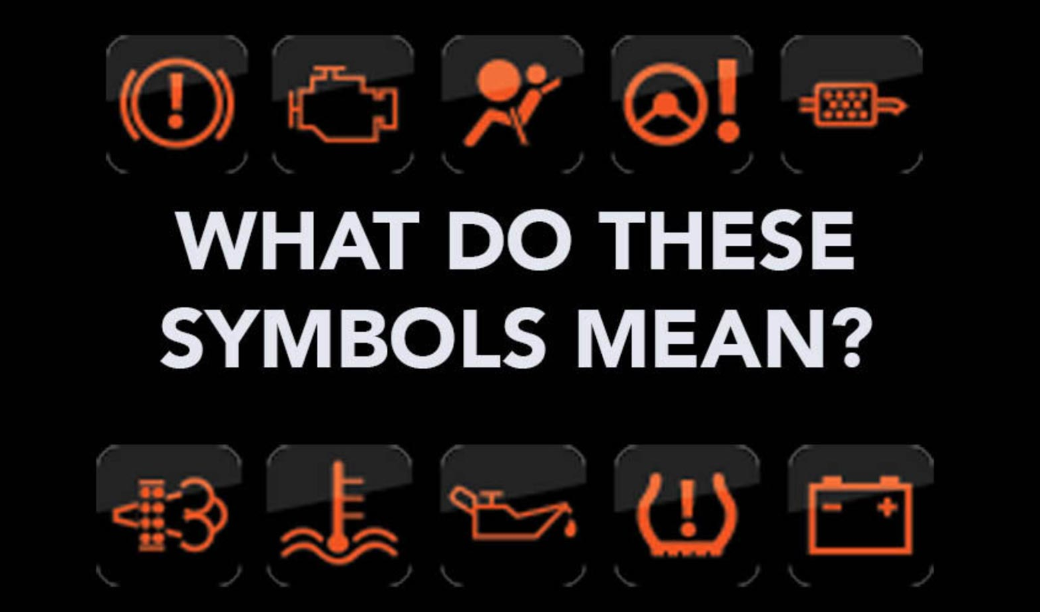What Does My Vehicle Warning Indicator Mean?
Vehicle warning indicator lights provide drivers with information about critical automotive parts and systems. Four red dashboard lights and a yellow or red engine indicator may illuminate when the on-board computer detects problems that may pose part failure or other operational risks. Learn about common problems and get tips on finding cheap prices on auto parts for regular maintenance and major repairs.
Battery Charge
The warning light that resembles a car battery with positive and negative terminals is one of the most common warning lights. Late-model vehicles tend to require battery changes sooner and more frequently than brake or engine system repairs. When this light turns on, a car or truck owner should be aware that the battery connection or part may be faulty or the alternator may not be functioning properly.
Brake Issues
The warning light that features an exclamation point in a circle within brackets indicates brake system problems. The handbrake may be on in gear or brake lines may have lost hydraulic pressure. Whether the problem is minor or major, this light informs drivers that the brakes may not function. A vehicle with severe issues may require towing to a garage. You may save money by seeking out cheap prices on auto parts and doing repairs yourself.
Check Engine
There are numerous reasons for check engine light, which tends to be yellow and either resemble an engine or read “Check Engine.” A blinking engine light may suggest misfiring. This issue can be so severe that it drives up emissions and results in premature exhaust system part failure. On some vehicles, this indicator can appear red in the event of serious problems that threaten to cause engine damage.
Engine Temperature
The engine temperature indicator light on late-model vehicles usually resembles a thermometer floating over liquid. A number of issues from a coolant leak to low fluid levels to more serious cooling system problems. If checking for signs of leaks or malfunctioning parts does not help you determine the source of the warning light, seek out diagnostic testing at an auto parts store or repair service sooner rather than later. Avoid lasting part damage that requires expensive repairs by limiting the operation of an overheating engine.
Oil Pressure
The dash warning light shaped like an oil can suggest an issue involving engine oil pressure. This light tends to turn on when insufficient lubrication is present to prevent engine part damage. Proper oil levels are necessary to safely operate a vehicle and prolong the operational life of parts in the engine and exhaust systems.
These red warning indicators tend to illuminate when the vehicle computer detects at least one serious issue involving critical battery, brakes or engine systems. Running an OBD-II diagnostic is the best way to quickly pinpoint the cause of the problem. Car and truck owners can then look up any parts or resources necessary to complete a repair. In addition to looking for cheap prices on auto parts, owners who do their own repairs should also confirm the part number and measurements of a replacement battery, brake and engine components.




